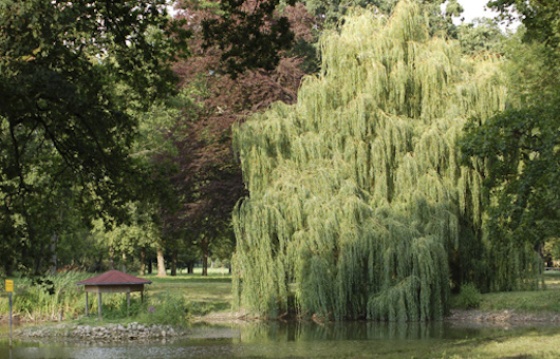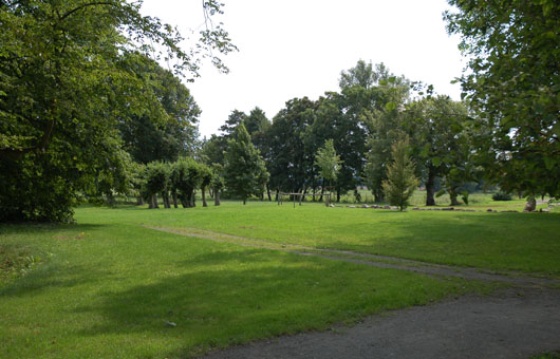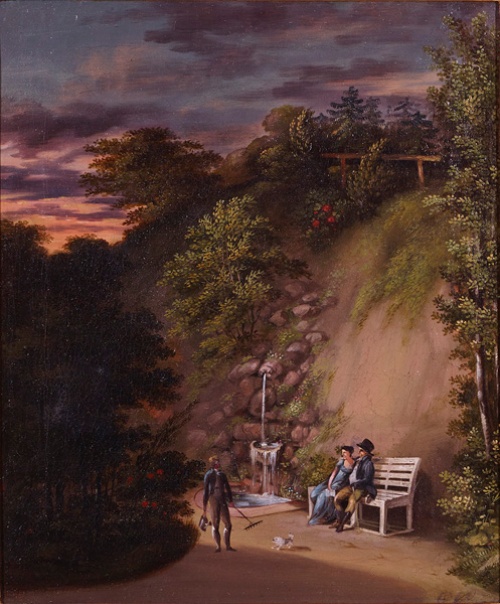Hermann Friedrich Becker was considered as the pioneer of “forest cultivation” in Mecklenburg by creating the balance between deforestation and reforestation. He was responsible for managing the Rostock moorland as forest warden. Based on his university education he produced for the first time a scientifically founded work on botany in Mecklenburg. Ernst Boll channelled the new sense of nature and home in 1840 in the “Association of Friends of Natural History.”
Landscape and environment 1800 up to 1850
On the timeline through this topic


Miraculous and healing powers are attributed to amber, the 'gold from the sea'. Legends spread, and the story of the 'amber witch' of Usedom becomes particularly well known.
Seeking to protect the trees, a royal Prussian edict of 1814 restricts the practice of putting pigs out to pasture in woodlands. A focus is placed on reforestation.
Industrial mining and processing of chalk in Stubnitz on Rügen and in Greifswald begins in 1832.
Drawing on English role models and a romantic-idealistic perception of nature, Peter Joseph Lenné inserts 'ornamental farms' into the parks of the landed gentry. The overexploitation of woodlands has left the terminal moraines and vistas largely exposed, and they can be used quite effectively. Around ten parks south of Greifswald bear his name.
